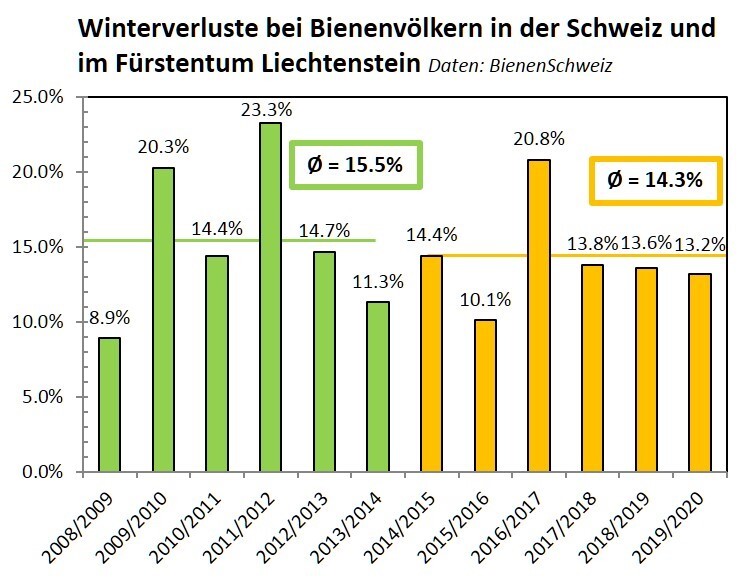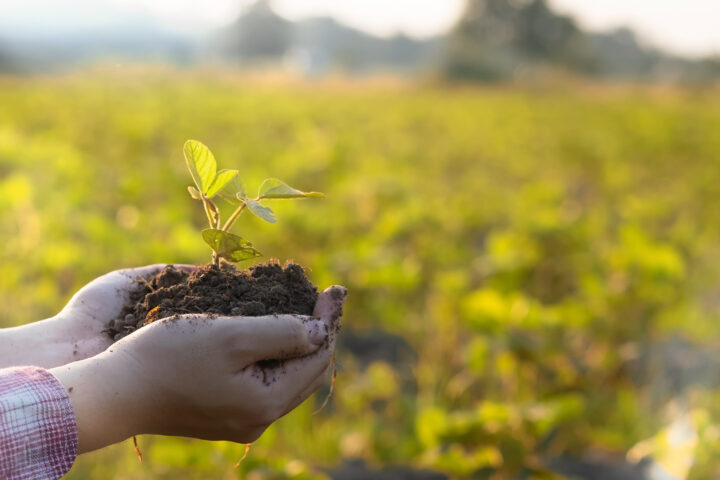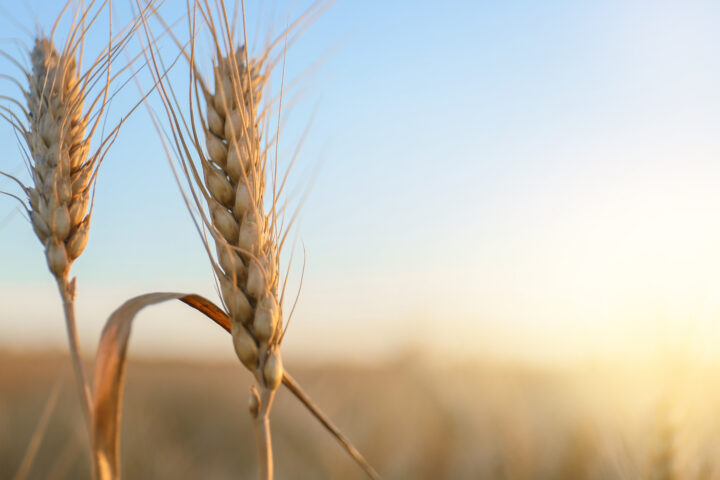
Honey bees not on brink of extinction
For about 15 years now, the story of alleged colony collapse disorder has persisted in the media, often attributed to pesticides and genetically modified plants. There is increasing evidence, however, that worldwide honey bee populations remain stable or are even growing. Although currently no evidence exists for the theory of colony collapse, it is also clear that bees are exposed to various risks. The greatest threat to honey bees is the Varroa mite. Pesticides, on the other hand, play a subordinate role in bee health.
Thursday, November 18, 2021
Environmental NGOs have been warning for years of a ‘bee-pocalypse’ – i.e. the extinction of honey bees – referring repeatedly to studies that claim to have found a connection between the use of neonicotinoids or the cultivation of genetically modified plants and a decline in bee populations. But these claims do not stand up to closer scrutiny. There is consensus among institutions such as the US Environmental Protection Agency (EPA), the United States Department of Agriculture (USDA), Health Canada and the Australian Pesticides and Veterinary Medicines Authority (APVMA) that bees are not currently in crisis and are not threatened with extinction due to the use of pesticides. The number of bee colonies is also increasing in Europe.

No risk to bee colonies from neonicotinoids
The results of 13 large-scale field studies within the last 10 years, in which the bee conditions were as close to reality as possible, in contrast to laboratory studies, paint a clear picture. The studies investigated the extent to which plants treated with neonicotinoids affect the health of honey bee or bumblebee colonies. No overall negative effects on the bee colonies were observed. Although it is true that individual bees may possibly be affected, the ability of hives to detoxify themselves and produce new offspring means this has no serious consequences for the colony as a whole. According to statistics from the Swiss Bee Health Service (Bienengesundheitsdienst BGD) run by apiservice, no changes in winter losses of bees have been observed in recent years.

Wide range of other dangers
Nevertheless, there are many dangers to bee health that should not be underestimated. The biggest threat to the honey bee is the Varroa mite, originally from Asia, which spread to Europe and the US during the second half of the 20th century. The mite attacks both larvae and adults, causing permanent weakness. Left untreated, infestation of a hive will lead to its destruction within one to three years. It is therefore the responsibility of beekeepers to ensure sufficient hygiene in the hives and, if necessary, to use suitable treatment against the pest. In addition to the Varroa mite, the intestinal fungus Nosema ceranae also poses a significant risk to bees. Infected bees are usually unable to fly, and crawl or hop around. Here again, prevention is better than cure. But caution is important – beekeeping requires time and expertise; for example, in handling the various biocides used to combat the Varroa mite. It is essential to prevent bee poisoning through misapplication, or residues in honey due to unauthorised biocides.
In addition to beekeepers, farmers are also responsible for careful application of plant protection products that may be toxic to bees, in accordance with the manufacturer's instructions. For example, products must be applied only at night when no bees are flying. The BGD's Annual Report 2020 revealed that all five cases of bee poisoning in 2020 could have been prevented by more careful use of biocides by beekeepers and pesticides by farmers.
Related articles

Lack of diversity becomes an existential problem
The dwindling genetic diversity in fields is becoming an increasing problem. Unfortunately, this problem is growing steadily, partly because politicians in Switzerland and the EU are viewing the issue through ideological lenses instead of listening to science.

Research into fungal diseases in Lyon
Fungal diseases are one of the greatest threats to global food production. They endanger crops, cause billions in damage every year and have always put farmers under pressure. A detailed report by RTS provides insights into Bayer's global research and development centre in Lyon, where new, environmentally compatible fungicides are being researched.

Science sounds the alarm: Federal Council draft slows down innovation
The new genomic breeding methods are regarded worldwide as a source of hope for climate-resilient agriculture – precise, efficient, and safe. While countries such as the US, Japan, and soon the EU are pushing for deregulation, the Federal Council's regulatory proposal remains tentative. Now researchers and industry are sounding the alarm: the proposed rules are so strict that they would effectively block innovation and application.

Approvals are becoming a brake on innovation worldwide – and agriculture is being left behind
New findings from the United States highlight what has long been a reality in Europe and Switzerland as well: the development and approval of new crop protection products has become such a complex, lengthy, and costly process that even innovative, sustainable solutions can hardly reach the market anymore.

